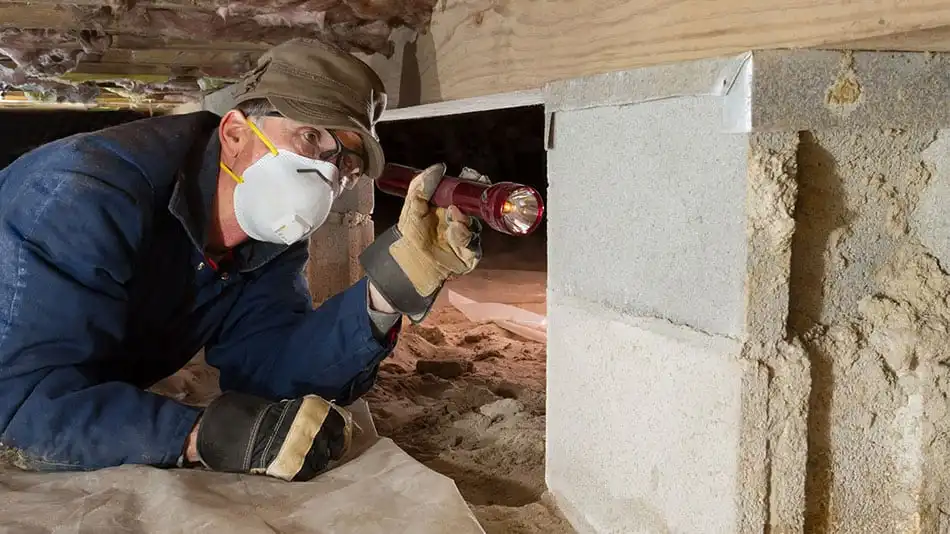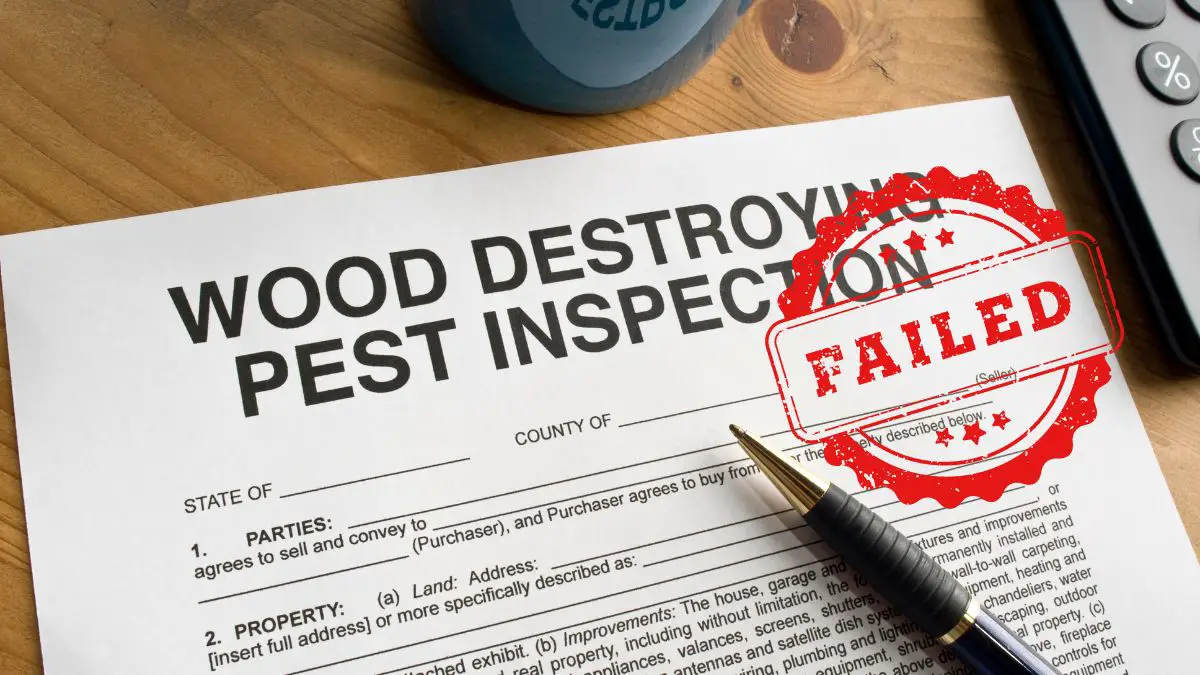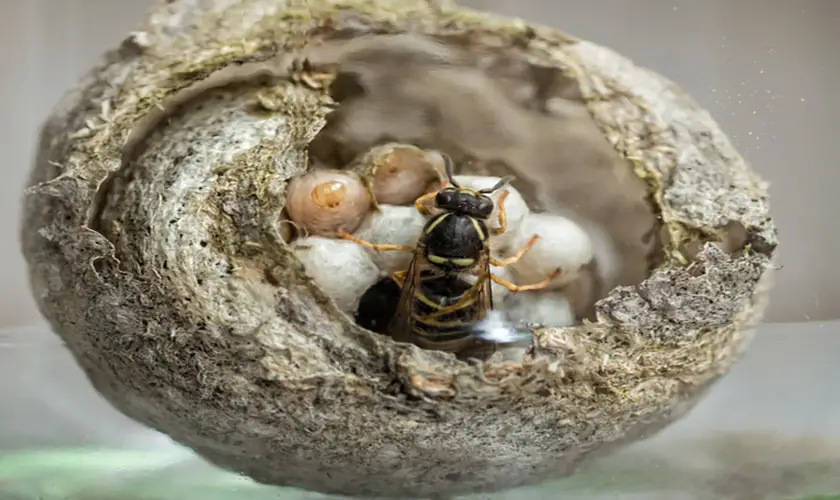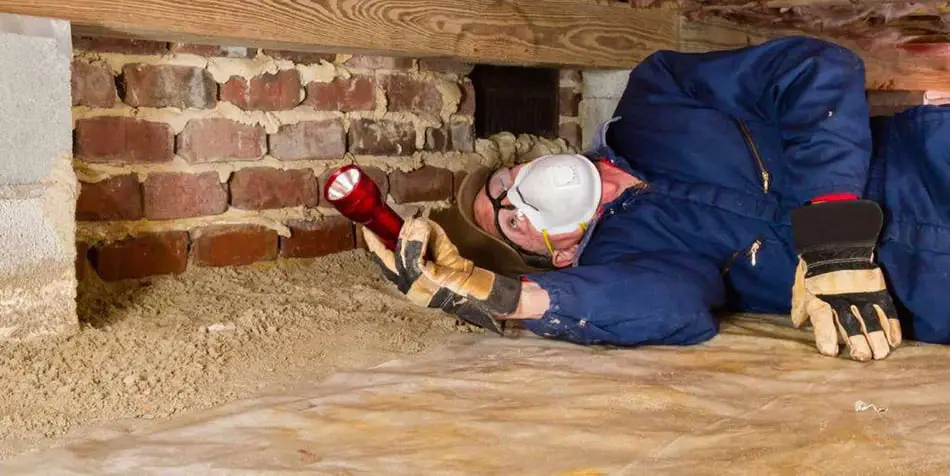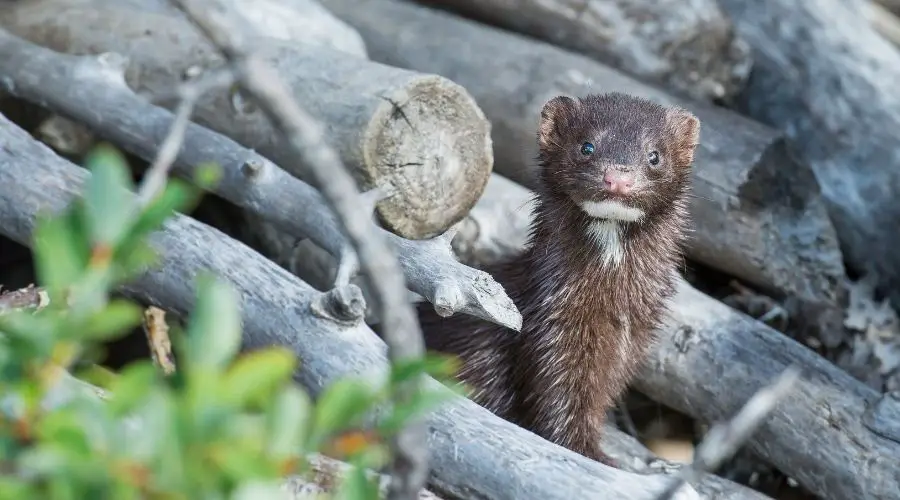
Minks are semi-aquatic and, like fish and frogs, can cause problems for homes with fish and koi ponds. Minks are known to prey on poultry, and they may be particularly vicious when it comes to ducks and chickens, murdering all of them in one night. But what are some of the best ways to get rid of minks?
There are many ways to get rid of minks. Here are the reasons down below:
- Building a fence around your home
- Install motion-activated sensors
- Setting up motion-activated lights
- Eliminating the mink food source altogether
- Trapping and releasing the animals
Get FREE quotes from licensed pest control technicians in your area today. Whether you need spraying for ants, roaches, spiders, ticks, mosquitos, or bed bugs, We Can Help! All technicians are screened, licensed, and insured.
As you continue to read this article, we will discuss a few ways to eliminate minks from your yard. These things are the proper methods for trapping and baiting minks and how to safely release them while also discussing other things you can do to help prevent them from coming onto your property and becoming pests in the first place. Let us learn all there is to know!
How To Get Rid Of Minks
There are many things to consider when talking about getting rid of minks. Firstly, hiring a professional exterminator will be the easiest option for you. However, while it will be the most expensive option, leaving it to the professionals will guarantee that the minks will be taken care of while not causing you to do any of the labor or worry that you may be messing up the process.
On the other hand, if you have a “do-it-yourself” attitude or have professionals come out to handle the problem for you is too expensive, you can do many things to alleviate the issue at hand.
1. Building a Good Fence
When it comes to most pests, having a good fence is always your first line of defense. If the minks can not get past the wall, then there should not be any minks you will have to worry about.
Securing any entrance points that minks may exploit will make it impossible for them to enter poultry barns and chicken coups. Minks seldom pursue hens; instead, they will corner or attack them when asleep; thus, nighttime security is essential.
Here are some ways to keep minks away when it comes to your fence:
- Build a fence made of galvanized sheeting and gauge wire.
- Build a five-foot-tall wall around your property.
- Put rags with gasoline on or near your border to keep minks away even more.
- Be cautious not to bring lighters, matches, or flammable anything near your fence. The potent odor will drive the minks away from the wall by overwhelming their senses.
Large Openings
Closing off any large openings with metal flashings is a great place to start. Minks can chew and claw through softwood given enough time, so wood fences should not be considered. On top of this, sealing small holes in your wall with caulk or expanding foam is another excellent way to prevent minks from getting in.
Consider using steel wool with the expanding foam or caulk for even more defense regarding small holes in your fence. With these barriers in place, minks cannot chew through.
Live Stock
When keeping your chickens or poultry safe, consider building your coups up off the ground with chicken wire with holes no larger than 1 inch in diameter. This will make it difficult, if not impossible, for minks to squeeze into your chicken coups. This defense will also provide plenty of ventilation for the chickens.
2. Motion Activated Sprinklers
One of the most effective mink repellents is motion-activated sprinklers. There are two types of sprinklers available. The first is easier to set up but requires more maintenance. The sprinkler can be refilled.
Set these sprinklers in the appropriate locations and regularly keep them topped up with water. You will not need to bother filling batteries with water because the refillable sprinklers contain a small solar panel to keep them charged and spraying those pesky minks.
The refillable motion-activated sprinkler is the polar opposite of the second kind. This sprinkler is more difficult to install but does not require any maintenance. You must connect this sprinkler to a water source like a hose. Although this sprinkler may be powered by the sun, many require batteries.
Where To Set Up Motion Activated Sprinklers
When deciding where to put your sprinklers, finding access points to the areas where you’re most concerned about minks coming in is crucial. Keeping minks out is crucial if you have chickens, rabbits, or other types of birds, or barns. With that in mind, these will be the most important places to consider when installing motion-activated sprinklers.
Set up the sprinklers with the stakes that come with them in front of potential entryways to these crucial regions. You might even use them to create a perimeter defense around your home.
Another brilliant place to put your sprinklers is around the areas where minks enter your property. Consider setting them at the base of your fence or trees.
3. Setting Up Motion Activated Lights
Minks are known to be nocturnal hunters. Setting up motion-activated lights can greatly deter these pests. Place them around the areas you are most worried about mink activity.
Like the motion-activated sprinklers above, these lights activate when they detect movement. The bright lights will scare any minks that come too close to the areas where these lights are posted.
4. Eliminating Mink Food Sources and Shelter
Minks are drawn to places that provide the best feeding and shelter alternatives. Take measures to remove these attractants from your yard to decrease their presence. While changing their environment is not as simple as it is for certain pests, you can attempt the following methods.
Try reducing any cover that leads to the area around your chicken coops, koi ponds, or other places you are worried minks will try to get into. This includes large bushes, tree overhangs, and dens and tunnels left over from other animals.
Regarding abandoned dens and tunnels, minks fondly reside in these shelters. Sealing off or removing these shelter sites will be crucial in removing and repelling minks. If you find any of these abandoned tunnels or shelter sights, destroy or remove them altogether.
5. Trapping and Releasing Minks
Along with the other measures listed above, trapping and releasing minks a few miles away from your property will be a great strategy to help rid yourself of these pests. There are several factors to consider while attempting to catch minks.
First and foremost, there are the traps themselves. You’ve undoubtedly seen these traps before, whether on TV or in the hands of a professional exterminator or pest management company. You can employ one or both door traps; either will suffice.
On the other hand, pest control professionals favor and promote using a single-door trap. This is owing to the convenience and ease with which they can be set up. Just make sure the traps you buy are small or medium in size.
However, there is a benefit to adopting the two-door method since both doors are open. With a two-door trap, minks and other predators may look thoroughly inside the trap without being impeded by the bars on the other side. This will put the pest at ease as soon as they enter the cage.
Minks are keen creatures that may sense the odor you placed on the cage, discouraging the rodents from approaching the mine in the first place. Wear your hands when handling and putting up the trap.
Placing and Camouflaging The Traps
Since minks are often suspicious of new objects introduced into their environment, it is wise to camouflage traps before setting them. Start by wrapping the trap in some dark fabric. Minks are attracted to areas resembling dens and burrows, like rats, that can contain some of their prey.
Spraying your traps with water and rolling them in dirt or mud before placing them is another good camouflage method. This will give the cage a weathered look while concealing some metallic smell.
Placing the trap along areas where you have seen minks is a great place to start. Look for areas that can be considered dens for these minks. Another good spot is along your fence and chicken coops.
When placing the traps once they have been camouflaged, dig a small level whole about 1 inch deep. This will make the trip even more inviting to the pests you want to trap.
Baiting Traps
Great baits to consider using when trying to trap minks are:
- Bloody Chicken Meat
- Chicken Entrails
- Frogs
- Fresh Fish
Correctly positioning the bait is crucial to the capture process. Ensure the bait you have chosen is placed so the mink is required to fully enter the trap and trigger the plate to get to the bait.
Once the process is completed, place a heavy object like a brick on top to prevent the mink from knocking the trap over to steal the bait inside. Along with this, check the trap every few hours. The longer a trapped animal is, the more anxious and dangerous it can get.
Releasing Minks After Capture
The first thing you should do after capturing a mink is cover it with a towel or blanket. This will assist in soothing the mink as you bring it to its release location. Carry the caged mink to your car and drive 5 to 10 miles away.
Ensure the site you chose for the mink’s release is acceptable and not too close to other residential areas. Place the cage on the ground and open it. Most of the time, confined animals notice an opening and flee immediately.
Some animals, however, are frightened and will remain in the cage for some time. If this is the case, take a step back and wait. The mink will eventually run out.
Get FREE quotes from licensed pest control technicians in your area today. Whether you need spraying for ants, roaches, spiders, ticks, mosquitos, or bed bugs, We Can Help! All technicians are screened, licensed, and insured.


